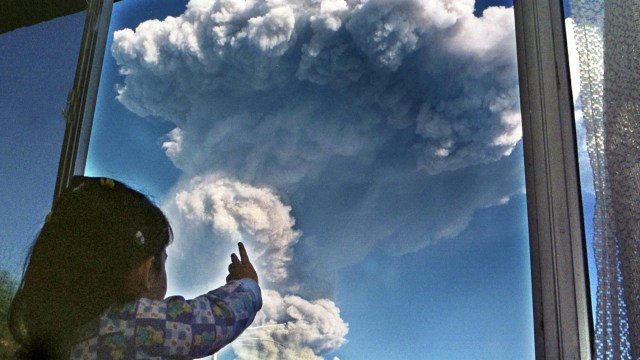These Hi-Res Images of Pluto Are a Giant Leap for Space Exploration

You might remember a few months ago the internet was abuzz because a piano-shaped chunk of metal launched nine years prior had finally reached Pluto and was sending back some pretty cool photos. The dwarf planet, so far away that our previous best image of it looked like a power-up from Doom II, finally had a face we could recognize. The New Horizons probe rekindled interest in Pluto, stoked our collective wonder, and launched a thousand heart-shaped memes:

Of course, as is wont to occur, the New Horizons buzz waned as our attention shifted to the other stigma: dead lions, religious uproar, and flashy acts of buffoonery. Meanwhile, NASA has kept its foot on the gas — its researchers working tirelessly to dig through all the exciting stuff the spacecraft has sent back. Yesterday the agency released a fresh batch of new Pluto images to once again pique our interest and inspire a sense of wonder. I mean — seriously — we sent a piano-shaped chunk of metal to Pluto! I still can’t get over that.
Below are the photos. Here is the NASA post for more info on each. Credit for the images goes to NASA/Johns Hopkins University Applied Physics Laboratory/Southwest Research Institute.

Close-up of Pluto’s now-famous heart.

This 300-mile wide swath of “jumbled terrain” portrays the surprising diversity of Pluto’s surface features. More on that below.

This is Charon, Pluto’s largest satellite. It’s about 750 miles (1,200 kilometers) in diameter, which means it would fit snugly into the space between New York and Chicago.
Astronomers have noted that these images reveal as many mysteries as they solve with regard to Pluto’s geography and origin. For example, the planet’s surface displays a diversity of land features beyond what most scientists expected. The photo below shows what appears to be a cluster of dunes beside a cluster of craters butted up against a cluster of mountainous masses. That’s a lot of clusters for a small dwarf planet! How all this came to be is currently unknown given that Pluto’s atmosphere is extremely thin and thus lacks the oomph necessary to develop these sorts of geographic characteristics.

If you’re gearing for additional photos, you’re in luck: We can expect a whole lot more of these images in the coming year. The Guardian explains why:
“These new images are part of a 16-month download that began last weekend. Because New Horizons is so far away, more than 5 billion kilometres, data trickles back hundreds of thousands of times more slowly than over a fibre optic broadband on Earth.
More revelations and surprises are expected as the data continues to arrive.”
We can’t wait.





